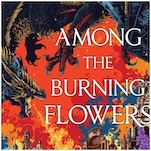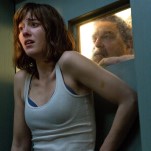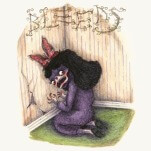This Is Not a Burial, It’s a Resurrection Is Not Merely a Good Film, But a Near-Perfect One

The atheist argument against God’s existence goes a little like this: If God is benevolent, He has the desire to end suffering. If he’s omnipotent, He has the power to end it. If He’s both and He doesn’t, then he’s no God, and he therefore can’t exist. It’s the ol’ either-or conundrum, carried out in art throughout human history, right up to the publication of Garth Ennis’ Preacher from the mid-90s to the early 2000s, or David Twohy’s Pitch Black. If God is real, it’s better we think of Him as a good guy helpless to stanch the bleeding. Otherwise, he’s just a prick.
In Lemohang Jeremiah Mosese’s extraordinary new film This Is Not a Burial, It’s a Resurrection, God isn’t present, probably because the sheer volume of suffering visited upon its protagonist alone is enough to make Him feel sheepish. Mantoa (Mary Twala Mhlongo), a widow in the Lesotho village of Nasaretha—so named by missionaries who, ages ago, came through the region in blissful ignorance of its history—is alone. Her son, her last living relative, has died in a mining accident. Her husband died years prior, as well as her daughter, and her grandchild. Mantoa’s life is the definition of bereft. No amount of well-wishes or condolences can ease her pain. And then the Lesotho government decides to build a dam on her mountain hamlet and flood the place out. At least they have a plan to displace the villagers. (Your shock of the day: This is actually a real thing.)
But they don’t put much thought into the bodies buried beneath the earth. The tally is so high and reaches so far back that the land’s true name is “the plains of weeping,” which, in the thinnest of silver linings, feels like an appropriate appellation given the atmospheric tragedy of Mosese’s film. This Is Not a Burial, It’s a Resurrection holds nothing back: Not aesthetics, not performance, not tone or sensation. Mosese composes his film as one part tone poem, one part scathing political critique, one part dirge and one part memorial, because death is a complex beast. Saying goodbye hurts, especially when you’re the last one left, like Mantoa. But This Is Not a Burial, It’s a Resurrection, in between the sound of grief that’s somehow inchoate and eternal, finds the space to celebrate life through the marking of death.
-

-

-

-

-

-

-

-

-

-

-

-

-

-

-

-

-

-

-

-

-

-

-

-

-

-

-

-

-

-

-

-

-

-

-

-

-

-

-

-








































